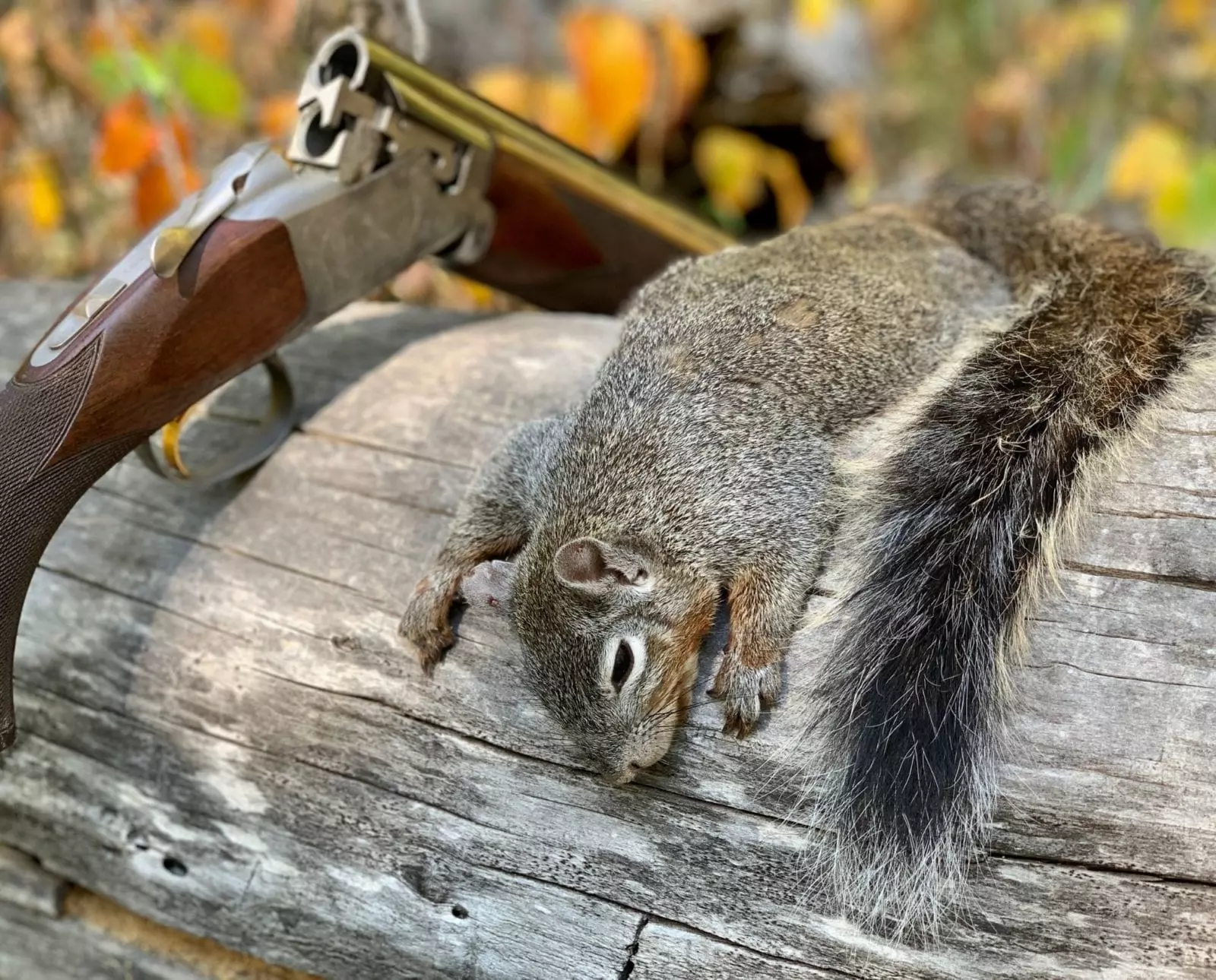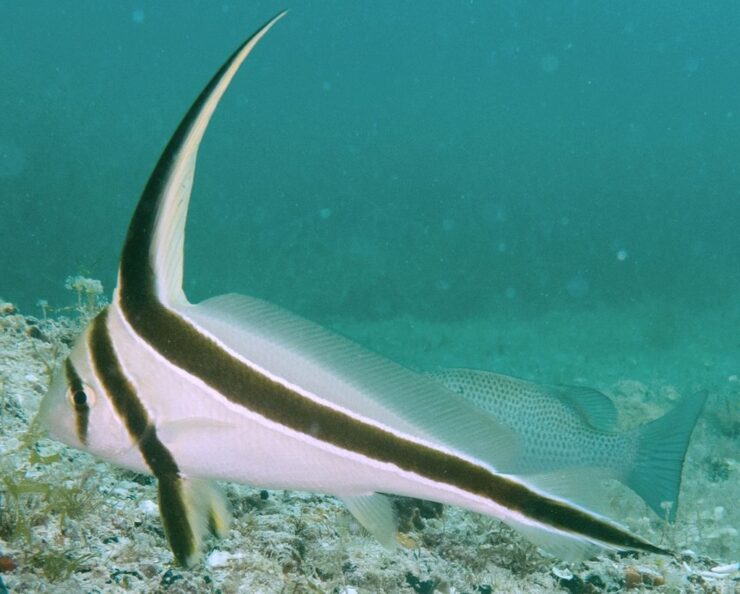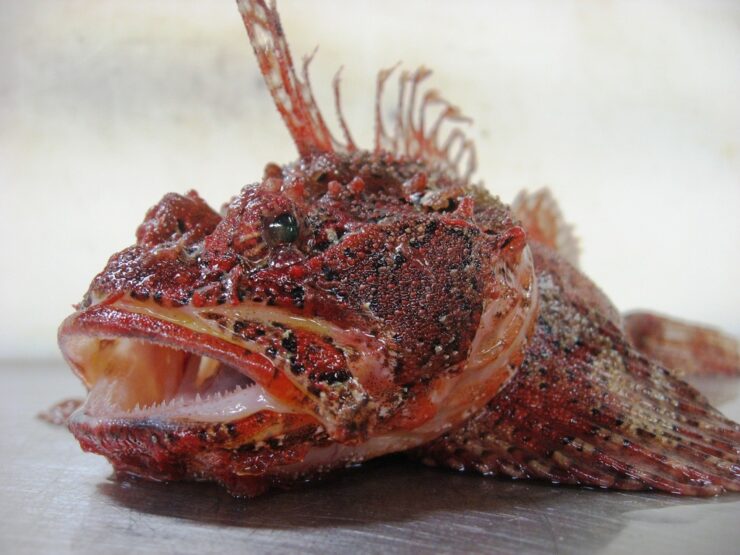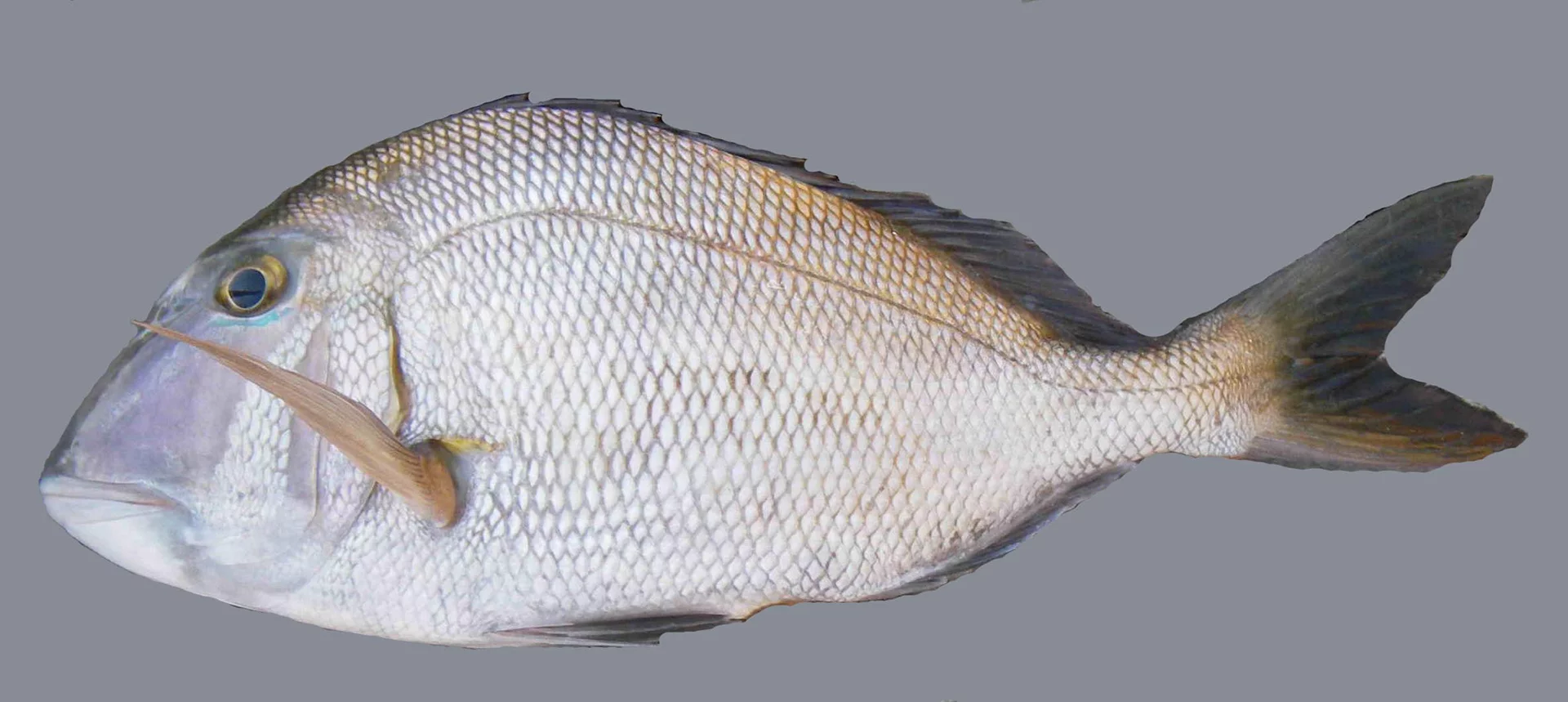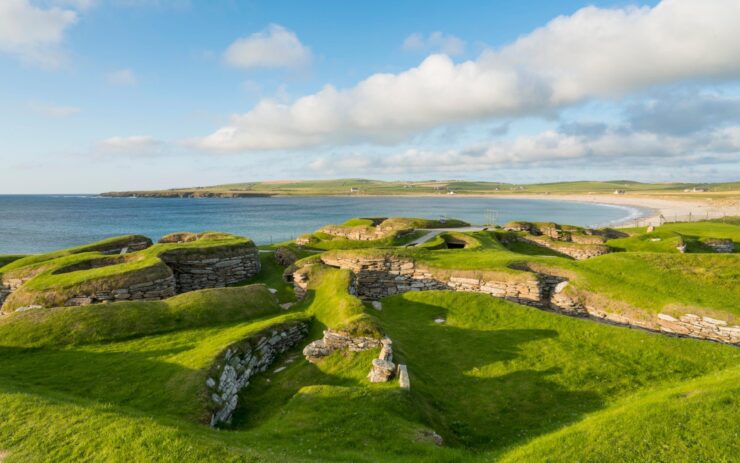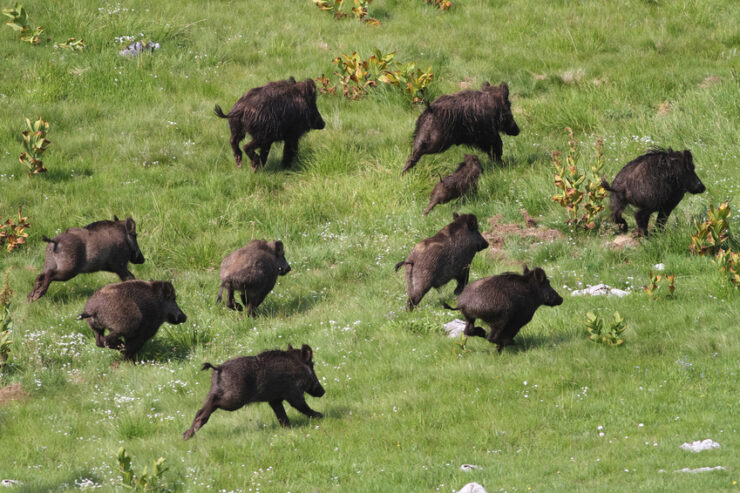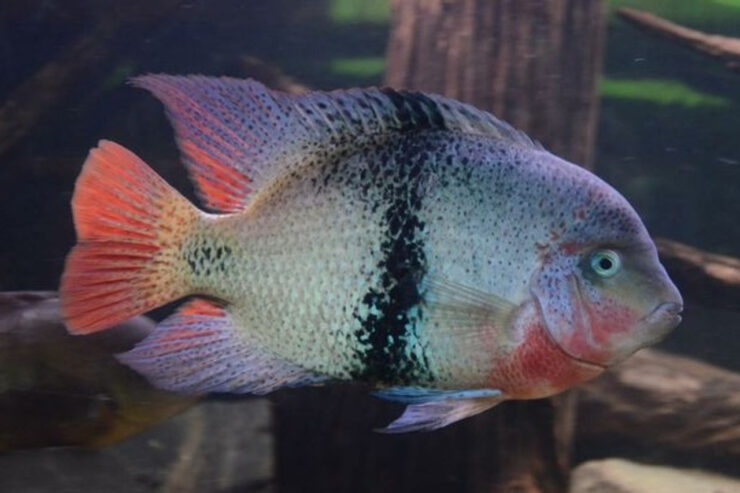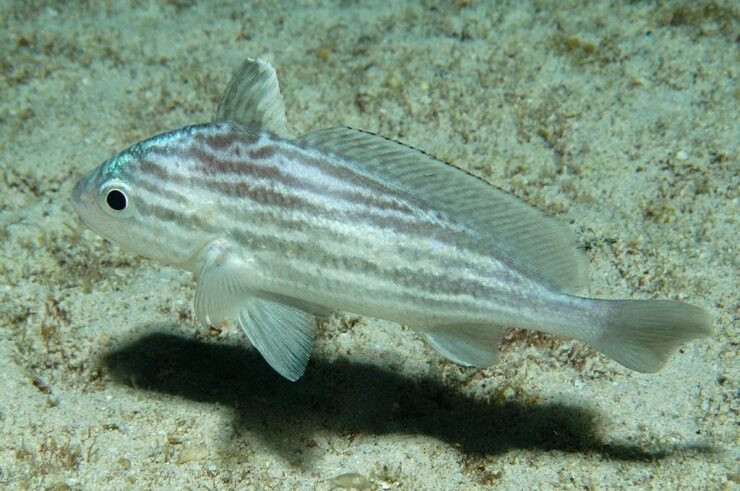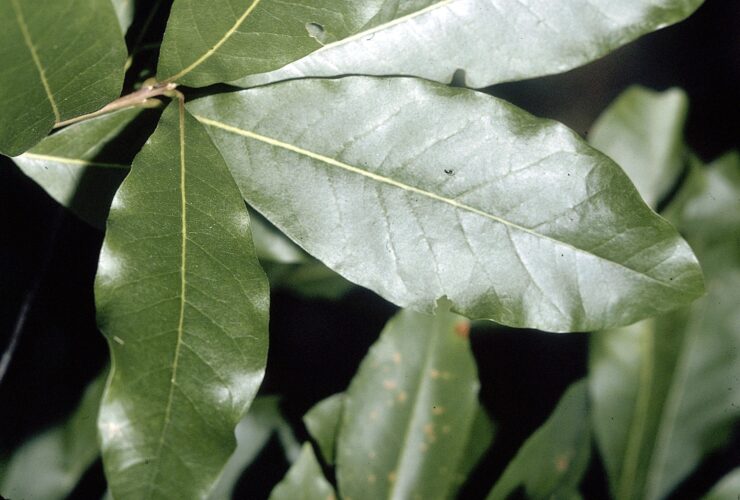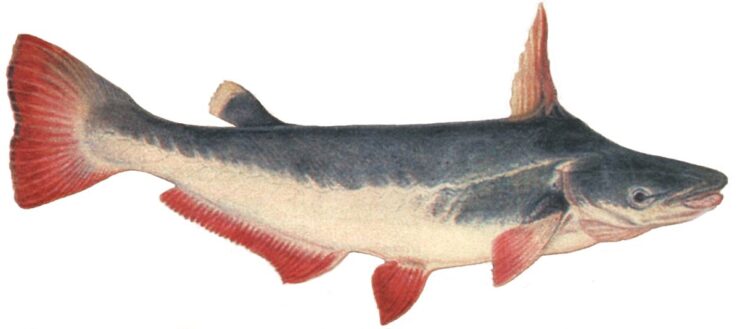Hunting Early Season Cat (Grey) Squirrels
Early seasons squirrel hunting can be extremely rewarding, yet can also be sometimes frustrating as well. The challenges and frustrations to the early season squirrel hunter are many. From the mosquitos, deer flies, the heat, spiders and their huge hunter catching webs to those darn green leaves everywhere obstructing out view and our shots. All … Read more

